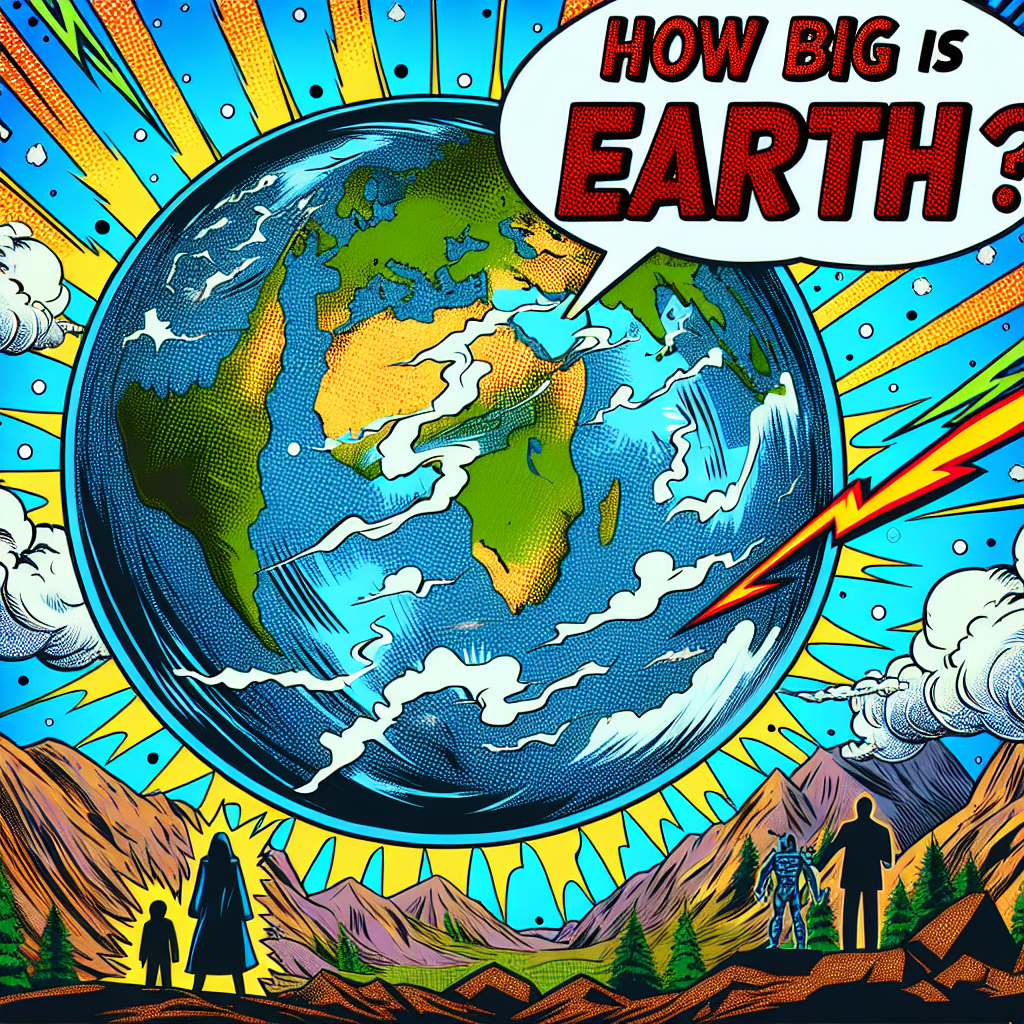The Earth is a massive ball, but just how massive is it? To put it into perspective, imagine a basketball, which is about the size of a small melon. If you inflate that basketball to about 40 times its original size, you'd get a sphere roughly the size of a small house. That's roughly the scale of the Earth compared to the Moon. The Earth is enormous, with a diameter of approximately 12,742 kilometers (7,918 miles).
Think of it this way: if you drive a car at a steady 100 kilometers per hour (62 miles per hour), it would take you about 127 hours, or around five days, to circumnavigate the entire planet. That's a long road trip! If you were to walk around the Earth at a moderate pace, it would take you several months to complete a single lap.
Now, let's talk about the Earth's volume. Imagine filling a gigantic container with water. If you were to pour the entire volume of the Great Lakes into that container, it would fill only about 0.05% of it. That's how massive the Earth is. To put it in more concrete terms, the Earth's volume is approximately 1.08321 x 10^12 km³ (2.82 x 10^6 miles³). That's a 1 followed by 12 zeros!
The Earth's surface area is also mind-boggling. If you were to cover the entire surface with a single sheet of paper, you'd need an enormous sheet with an area of approximately 510 million square kilometers (197 million square miles). That's roughly the size of 194 million football fields laid side by side.
Another way to grasp the Earth's size is to consider its mass. The planet is so massive that it warps the fabric of space and time around it, as described by Einstein's theory of general relativity. If you were to weigh the entire Earth on a giant scale, it would tip the scales at around 5.97 x 10^24 kilograms (1.32 x 10^25 pounds). That's equivalent to the weight of about 165 trillion African elephants.
Here are some more mind-blowing facts about the Earth's size:
- If you were to dig a hole straight down into the Earth's center, you'd have to dig a tunnel about 6,371 kilometers (3,959 miles) long.
- The Earth's circumference at the equator is approximately 40,075 kilometers (24,901 miles).
- The planet's surface is divided into 71% water and 29% land.
- The highest mountain on Earth, Mount Everest, is about 8.8 kilometers (5.5 miles) above sea level, while the deepest part of the ocean, the Challenger Deep, is about 11 kilometers (6.8 miles) below sea level.
In conclusion, the Earth is an enormous, massive, and truly awe-inspiring planet. Its scale is difficult to comprehend, but by using analogies and comparisons, we can begin to grasp its enormity. Whether you approach it from the perspective of size, volume, surface area, or mass, the Earth is an astonishingly large and complex celestial body that continues to fascinate and inspire us.
One final thought: the next time you gaze up at the night sky, remember that the stars you see are light-years away, and the universe is vastly larger than our planet. The Earth may be enormous, but it's just a tiny part of the grand cosmic landscape.

Popular Space Questions
Find answers to the trending space questions being asked by our community on social media.
- How many galaxies are there in the universe?
- How far is Pluto from Earth?
- How many planets are in the Milky Way?
- What would happen if a rogue planet entered our solar system?
- How many planets are in our solar system?
- How big is the Earth?
- What are the planets in order?
- How big is the universe?
- What if we found a way to manipulate gravity?
- What would happen if a pulsar's beam hit Earth?